Fujinon XC 13-33mm f/3.5-6.3 OIS lens

In summary
Most potential purchasers of this lens will get it with the purchase of the X-T30 III camera. In this kit it represents good value for money and provides a compact and lightweight partner for the relatively small and light camera body.
Full review
Fujifilm’s latest kit lens covers a wider angle of view and a shorter zoom range than the standard 18-55mm offerings that accompany most APS-C cameras and is the lightest zoom lens in the X-mount range. Weighing just 125 grams and just under 38 mm long when retracted, it’s an interesting choice for everyday snapshooters and travellers looking to reduce the weight they carry. This lens was released initially with the X-T30 III camera, which is reviewed separately, and is currently only available to pre-order, although a stand-alone release is scheduled for January 2026.

Angled view of the Fujinon XC 13-33mm f/3.5-6.3 OIS lens without lens cap. (Source: Fujifilm.)
This lens covers a full-frame equivalent focal length range of 20 to 50mm and will focus to within 20 cm of subjects across the entire zoom range. Its optical design (shown below) contains 10 elements in nine groups and includes four aspherical elements and three ED (Extra-low Dispersion) elements. No coatings are specified.

The optical design of the Fujinon XC 13-33mm f/3.5-6.3 OIS lens showing the positions of the exotic elements. (Source: Fujifilm.)
The rounded iris diaphragm has nine blades to deliver smooth subject-to-background transitions at the f/3.5 to f/6.3 maximum aperture settings, while four-stop optical image stabilisation allows it to be used hand-held in dimly-lit situations. Autofocusing is driven by a stepping motor, which provides fast and smooth focusing stills shooting and video recording.
This lens accepts 49 mm diameter filters. There’s no bayonet mounting on the outer edge of the inner barrel for attaching a lens hood, should one be offered as an optional extra.
Who’s it For?
Most potential purchasers of this lens will get it with the purchase of the X-T30 III camera. In this kit it represents good value for money and provides a compact and lightweight partner for the relatively small and light camera body.
Build and Ergonomics
The build quality of the XC 13-33mm f/3.5-6.3 OIS lens is typical of most built-to-a-price kit lenses. Constructed mostly of plastic, it has a plastic mount and minimal external controls, with only focusing and zoom rings. Aperture settings are adjusted through the camera’s control wheels.
The front element is approximately 15 mm in diameter and appears to be located behind a flat, protective circle of glass. This is surrounded by a narrow ridge and then a 9 mm wide band, which ends in the 49 mm filter thread.
The focusing ring is located right at the front of the outer barrel. It’s 7 mm wide, entirely covered in moulded ridges and turns through a full 360 degrees when no power is supplied.
Immediately behind it is the zoom ring, which is roughly 18 mm wide and has a 13 mm wide band of slightly finer ridging around its leading edge. The rear section of the ring carries stamped marks in white for the 13mm, 16mm, 23mm and 33mm focal lengths plus a white dot to the right of the 13mm position to indicate when the lens is retracted.
The inner barrel extends by approximately 20 mm at the 13mm focal length but pulls back to a 16mm extension between 16mm and 23mm. It doesn’t rotate during this adjustment.
There’s a 5 mm wide band between the end of the zoom ring and the start of the lens mount, which carries figures showing the zoom range plus the serial number of the lens and a ‘Made in The Philippines’ label.
Performance
Our Imatest tests of the lens on the X-T30 III camera showed this lens was able to meet expectations for the camera’s 26-megapixel sensor – but only with the optimal settings. The highest resolution was recorded with an aperture of f/4.5 at the 16mm focal length.
Unfortunately, edge softening was persistent across the focal length range, being greatest at the widest apertures and decreasing gradually as the lens was stopped down. The graph below shows the results of our tests.
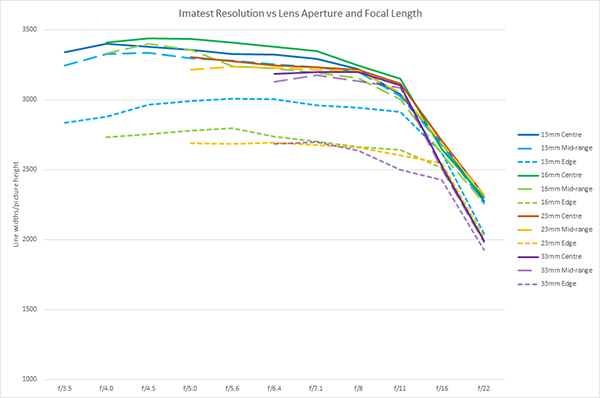
We were unable to produce a graph showing lateral chromatic aberration across the lens’s focal lengths and aperture settings because it is corrected automatically by the X-T30 III camera and also by Adobe Camera Raw. However, where measurements were available, our Imatest tests showed results that were within the ‘negligible’ zone.
In-camera corrections are also applied to counteract vignetting and distortion in JPEGs and there are no options for switching them off. The only way we could obtain visible evidence was be viewing raw files in an image viewer that displayed the uncorrected JPEGs embedded in these files.
Examples in the Samples section below show slight visible vignetting at 13mm and 33mm. Rectilinear distortion was obvious at 13mm but reduced to just noticeable at 16mm and was close to negligible at the other focal lengths.
Despite the lack of a lens hood, the review lens was relatively free of flare. It produced some nice, 18-pointed sunstars when stopped down to f/22 at both 13mm and 33mm.
Autofocusing speed is largely dictated by the camera and the selected focusing mode. No significant problems were found with the lens on the X-T30 III camera. (INSERT LINK)
The minimum focusing distance of 20 cm across the zoom range makes this lens only suitable for close-ups at the 23mm and 33mm settings, and even then, only for photographing larger flowers or similar objects. Bokeh in these shots showed noticeable outlining of brighter highlights plus slightly choppy blurring in backgrounds.
Conclusion
Login or Register to access the full article.
SPECS
Picture angle: 95.1 to 46.6 degrees (diagonal)
Minimum aperture: f/22
Lens construction: 10 elements in 9 groups (including 4 aspherical and 3 ED elements)
Lens mounts: Fujifilm X-mount
Diaphragm Blades: 9 (rounded diaphragm opening)
Weather resistance: No
Focus drive: Stepping motor (internal focusing)
Stabilisation: Yes, 4.0 stops of shake correction
Minimum focus: 20 cm across the entire zoom range
Maximum magnification: 0.25x at 33mm
Filter size: 49 mm
Dimensions (Diameter x L): 61.9 x 37.5 mm (when retracted; 55.6 mm in use)
Weight: 125 grams
Standard Accessories: Front and rear caps
Distributor: Fujifilm Australia
TESTS
Based on JPEG files taken with the Fujifilm X-T30 III camera.
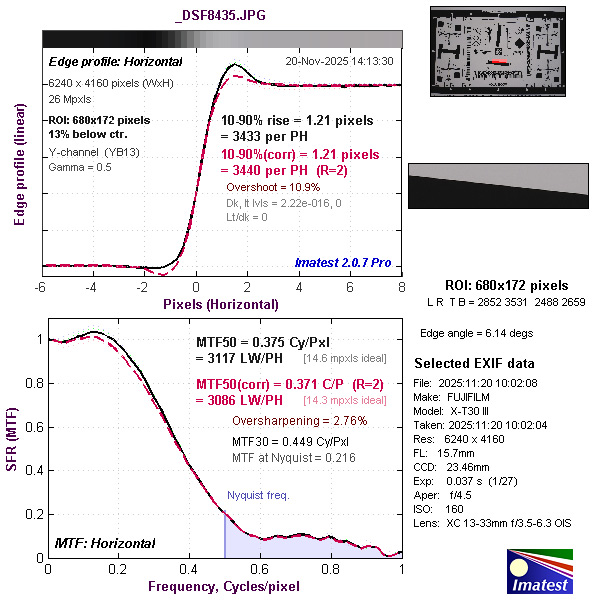

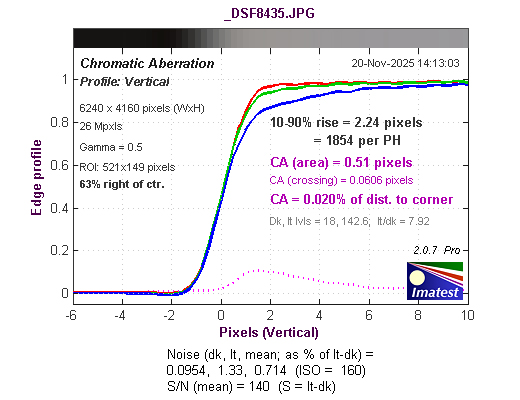

SAMPLES
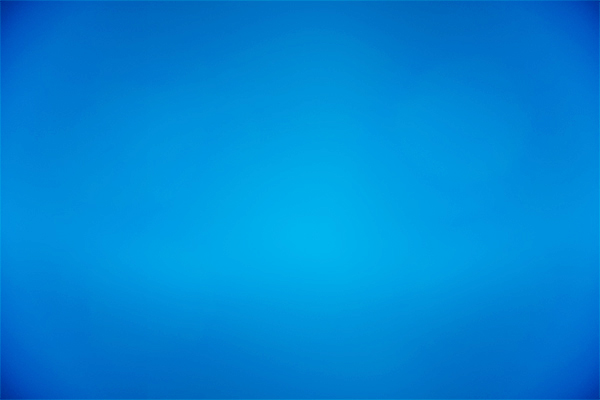
Vignetting at 13mm.
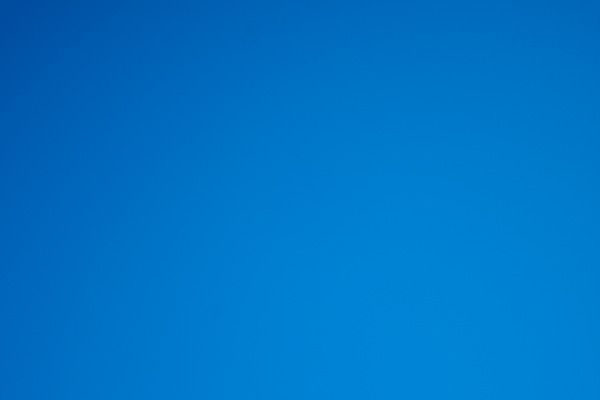
Vignetting at 33mm.
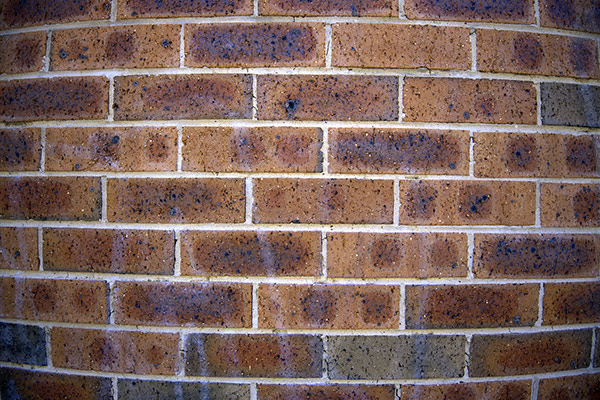
Rectilinear distortion at 13mm.

Rectilinear distortion at 16mm.

Rectilinear distortion at 23mm.

Rectilinear distortion at 33mm.

13mm focal length, ISO 320, 1/1400 second at f/6.4.
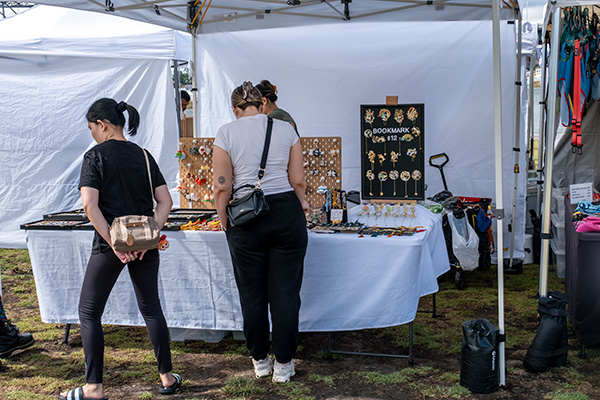
33mm focal length, ISO 320, 1/680 second at f/6.3.

Close-up at 33mm focal length, f/6.3, ISO 160, 1/350 second.

Bokeh at 33mm focal length, f/6.3, ISO 160, 1/340 second.
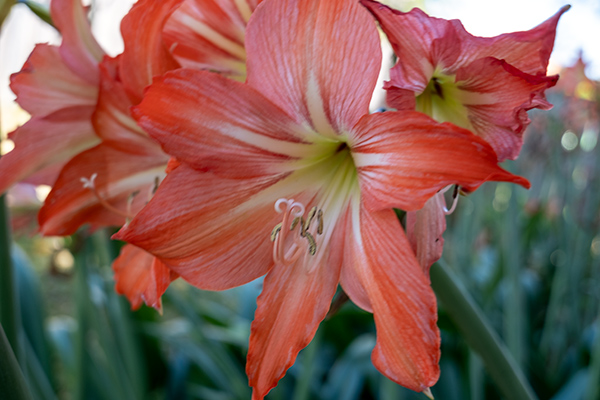
Outlined highlights at 33mm focal length, f/6.3, ISO 160, 1/60 second.

21mm focal length, ISO 320, 1/100 second at f/7.1.

The same subject, this time with the image taken from a raw file, converted into TIFF format with Adobe Camera Raw,

33mm focal length, ISO 160, 1/480 second at f/7.1.

33mm focal length, ISO 320, 1/120 second at f/7.1.
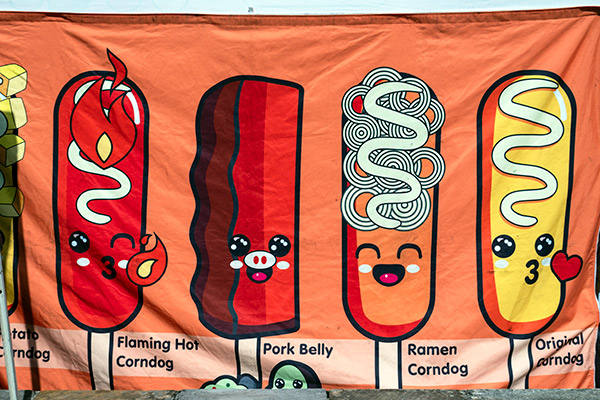
33mm focal length, ISO 160, 1/1250 second at f/7.1.

33mm focal length, ISO 160, 1/250 second at f/6.3.

13mm focal length, ISO 160, 1/400 second at f/8.

26mm focal length, ISO 200, 1/100 second at f/5.6.

30mm focal length, ISO 160, 1/150 second at f/8.

Sunstar at 13mm focal length, ISO 160, 1/8 second at f/22.
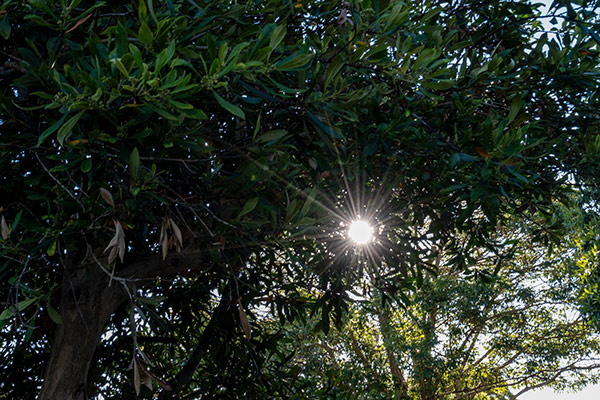
Sunstar at 33mm focal length, ISO 160, 1/4 second at f/22.
Additional image samples can be found with our review of the Fujifilm X-T30 III camera.
Rating
RRP: AU$649
- Build: 8.6
- Handling: 8.7
- Image quality: 8.8
- Autofocusing: 8.8
- Versatility: 8.8
BUY
